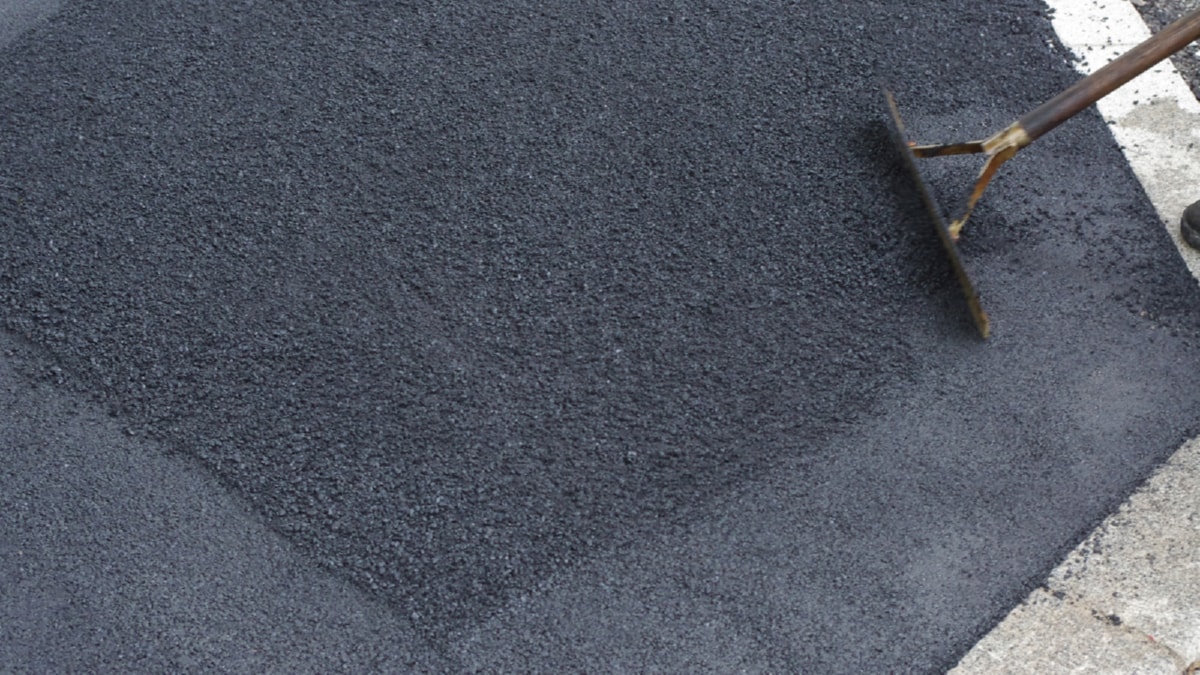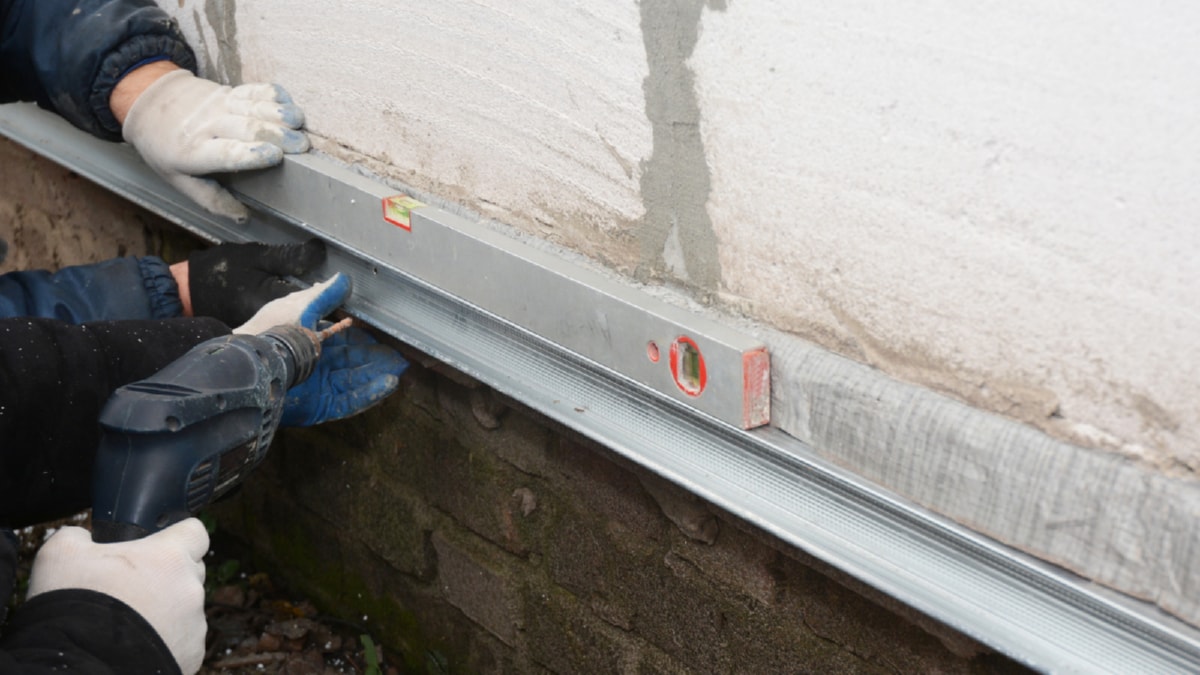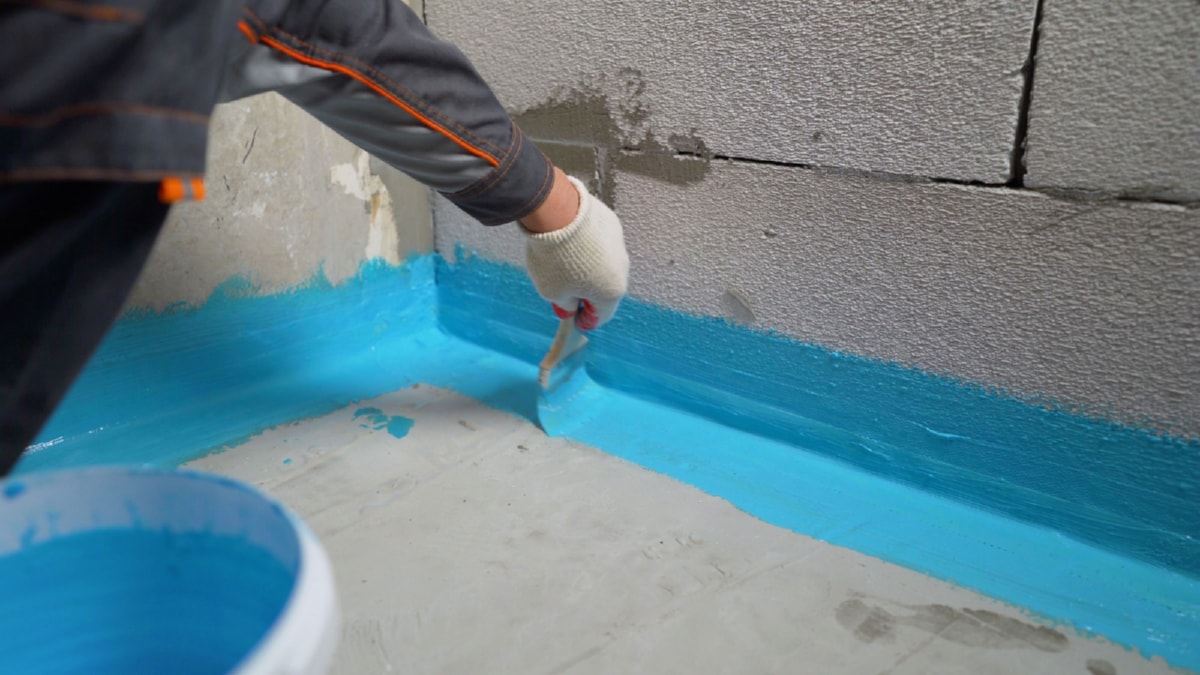The Core Components of Construction Materials
Recognizing the types of building materials available is vital for anyone involved in the construction industry. These materials, depending on their properties, have various uses in construction, from providing strength to insulation, and beauty to durability.
Materials such as steel and concrete are widely used in the construction industry for their strength and resilience. Steel is particularly known for its ability to withstand tension, making it ideal for skyscrapers, bridges, and other large structures. Concrete, on the other hand, is valued for its compressive strength, making it a solid choice for foundations and load-bearing walls.
Wood and brick, on the other hand, offer a unique blend of aesthetic appeal and practicality. Wood is versatile, easy to work with, and provides good insulation. Brick is durable and offers excellent fire resistance, making it a popular choice for residential construction.
More recent materials such as polymers and composites are also progressively being used in modern construction. These materials offer improved durability, less upkeep and can be customized to meet specific construction needs.
Key Steps in affordable Planning a Successful Construction Project
Organizing a successful construction project involves multiple steps, each equally critical for the project’s success. The first step is to define the project’s objectives and scope. This involves determining what needs to be built, the cost, and the timeline for completion.
The next step is designing the project. This involves creating detailed blueprints that outline the building’s dimensions, materials to be used, and other technical details. This step often involves designers and engineers to ensure that the design is feasible and meets all relevant building codes.
Once the design is complete, the next step is to acquire the necessary materials and equipment. This is a crucial step as it can significantly impact the project’s budget and timeline.
Overseeing the construction process is the next step. This involves coordinating with various trades, monitoring quality of work, and making sure that the project stays on schedule and within budget.
The final step is the project closeout, which involves inspecting the completed work, resolving any issues, and finalizing all payments and contracts. This is a significant step as it ensures that the project has been completed to the client’s satisfaction.
Building is a complex process that requires specialized skills, careful planning, and thorough execution. By understanding the various types of building materials and the key steps in planning a construction project, you can ensure a successful and efficient construction process.
For more details, check best Brick Paving Kildare Galway Limerick Mayo Offaly or visit their Brick Paving Kildare Galway Limerick Mayo Offaly business listing here.




